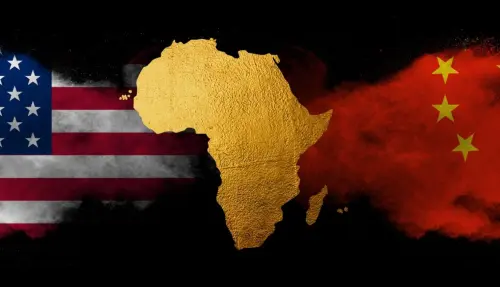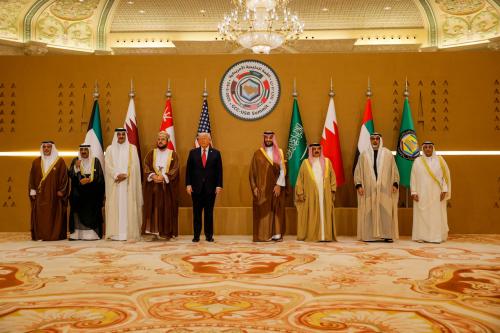Terrorism experts inside and outside the government have been caught up in a debate about how close we may be to defeating al Qaeda and associated groups. As events have demonstrated so vividly in recent years, we are living in an era of continuous surprise, making this one of those questions that cannot be answered with confidence.
What can be said with absolute confidence is that today’s al Qaeda is fundamentally different from the one we knew for years. It has evolved from the hierarchical organization of September 2001 into what might be called a “network of networks.”
Interconnected, loosely-structured organizations are run by a series of al Qaeda affiliates scattered across the arc of South Asia, the Middle East, and North Africa. Some declare fealty to Osama bin Laden’s successor, Ayman al-Zawahiri, while others merely take inspiration from the legacy his organization represents.
The Brookings Institution is committed to quality, independence, and impact.
We are supported by a diverse array of funders. In line with our values and policies, each Brookings publication represents the sole views of its author(s).



Commentary
Op-edTerrorism at a Moment of Transition
July 12, 2013